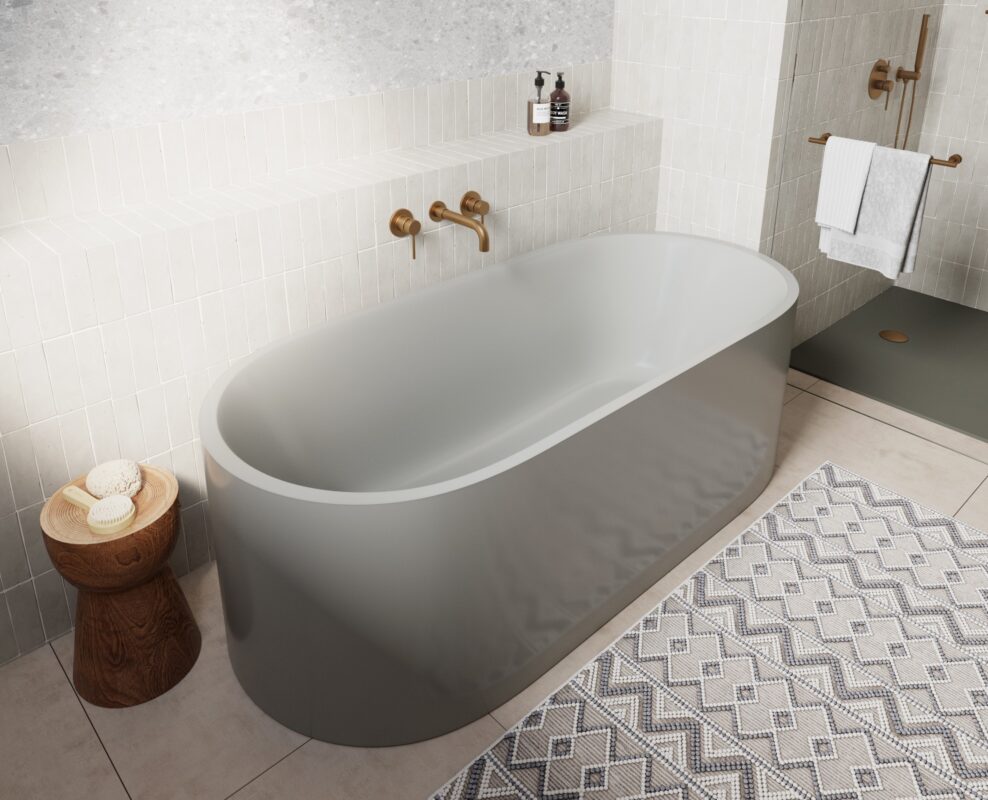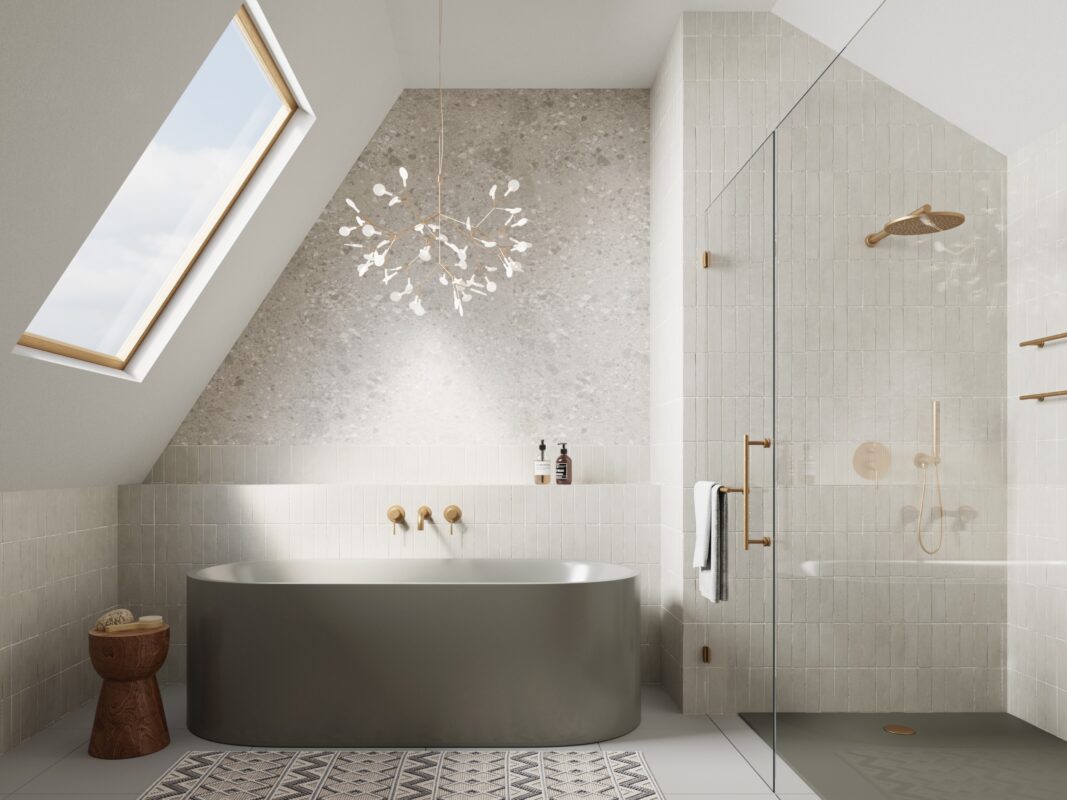In an era where digital technology reshapes how we interact with the world, the marketing industry stands at the forefront of innovation, adopting new methods to capture consumer attention and deliver compelling narratives. Among these technologies, 3D rendering emerges as a particularly transformative tool, revolutionizing the way products and spaces are presented and perceived by potential customers. This shift towards highly detailed and interactive visual content is not merely a trend but a fundamental change in consumer expectations and marketing strategies.
The adoption of 3D rendering in marketing allows businesses to create more than just advertisements; it enables them to craft immersive experiences that engage customers on a deeper level. By bringing products and concepts to life before they physically exist, 3D rendering helps bridge the gap between imagination and reality, offering a preview that enhances customer engagement and trust. This capability is crucial in today’s fast-paced market, where the ability to quickly and effectively communicate the value and function of a product can significantly impact sales.
Moreover, 3D rendering facilitates a level of creativity and experimentation previously constrained by the physical and financial limitations of traditional photography and prototyping. Marketers can now explore limitless scenarios and aesthetic details, allowing for a refined visual message that aligns perfectly with brand identities and campaign goals. This flexibility not only enhances the visual appeal of marketing materials but also allows for targeted communications tailored to specific demographics and consumer preferences.
As we delve into the detailed applications and benefits of 3D rendering in marketing, it becomes clear that this technology is not just enhancing existing practices but is also opening doors to new possibilities that redefine competitive edges in various industries. From detailed product showcases to interactive virtual environments, 3D rendering stands as a pillar of modern digital marketing strategies, driving innovation, efficiency, and engagement in ways previously unimaginable.
Understanding 3D Rendering in Marketing
Table of Contents
1. Elevating Product Visualization

3D rendering allows marketers to create detailed, realistic models of products that may not yet exist in physical form. This technology transcends traditional photography by enabling the visualization of products in any setting without the logistical challenges of physical shoots. For consumers, the lifelike images produced through 3D rendering provide a clearer understanding of the product, enhancing their confidence in purchasing decisions.
2. Enhancing Engagement Through Immersive Experiences
Modern consumers crave experiences that are engaging and interactive. 3D rendering meets this need by enabling the creation of immersive environments that can be explored virtually. Whether it’s a virtual tour of a real estate development, an interactive 3D model of a gadget, or a virtual fitting room for clothing, these experiences keep consumers engaged longer and make them more likely to convert.
3. Cost-Effectiveness and Flexibility

Producing high-quality content for marketing can be expensive, especially when dealing with complex products or multiple variants. 3D rendering reduces these costs significantly. Once a 3D model is created, it can be reused and adjusted to fit different campaigns or to reflect product updates without additional major expenses. This flexibility is particularly valuable in dynamic markets where speed and adaptability are key.
Strategic Implementation of 3D Rendering in Marketing
4. Streamlining Go-to-Market Strategies
In competitive markets, speed can provide a significant edge. 3D rendering accelerates the go-to-market process by allowing marketers to start their campaigns even before the product is physically available. This early start is crucial for building momentum and capturing market interest right from the product launch.
5. Increasing Conversion Rates with High-Quality Visuals

Studies show that high-quality visuals increase consumer trust and, consequently, conversion rates. 3D renders provide a detailed and accurate representation of products, which helps reduce the uncertainty that customers might feel when shopping online. Enhanced visuals are particularly effective on platforms like social media, where eye-catching images are essential for standing out in crowded feeds.
6. Facilitating Better A/B Testing
Marketing is an ever-evolving field that relies heavily on testing and adaptation. 3D rendering makes it easy to create variations of marketing materials to see which ones perform better. Whether changing the background, the product color, or the angle of lighting, each variant can be tested with minimal additional cost, allowing marketers to optimize their visuals based on real data.
Advanced Techniques and Best Practices
7. Integrating AR and VR for a Competitive Edge

Augmented Reality (AR) and Virtual Reality (VR) are changing the way businesses interact with consumers. By integrating 3D renders with AR and VR applications, companies can offer unique, engaging experiences that enhance consumer interaction with the product. For instance, furniture retailers can use AR to let customers visualize how a piece of furniture would look in their living space, significantly enhancing the shopping experience and increasing the likelihood of a purchase.
8. SEO Optimization of 3D Content
To fully leverage 3D rendering in marketing, it’s essential to ensure that these assets are optimized for search engines. This includes using relevant keywords in the file names, alt texts, and surrounding content when these images are used on websites or blogs. SEO optimization helps ensure that the 3D content contributes to the overall visibility of the brand online.
9. Continuous Learning and Adaptation

The field of 3D rendering is continuously evolving, with new tools and techniques emerging regularly. Marketers should stay updated on the latest developments and be willing to experiment with new forms of 3D content. Attending workshops, webinars, and industry conferences can provide valuable insights into how 3D rendering can be further utilized in marketing strategies.
In conclusion, 3D rendering is not just an innovative marketing tool; it is a vital component of modern marketing strategies that significantly enhances how products and spaces are visualized and presented. As we navigate a digital-centric world, the realism and interactivity offered by 3D rendering cater perfectly to the heightened expectations of today’s consumers, who seek more engaging, informative, and immersive content.
The advantages of integrating 3D rendering into marketing are manifold. It not only elevates product visualization to unprecedented levels of clarity and detail but also provides marketers with the flexibility to experiment and optimize their offerings without the high costs and limitations associated with traditional photography and physical models. Moreover, the ability to create compelling interactive experiences is particularly valuable in an era where digital engagement is a primary driver of consumer loyalty and sales conversions.

As technology continues to evolve, the role of 3D rendering in marketing is expected to grow even more significant. It offers businesses the opportunity to stay ahead of the curve by adopting a more dynamic, visually stimulating approach to marketing that resonates with and captivates the digital-first audience. Therefore, businesses looking to enhance their competitive edge and forge stronger connections with their customers will find 3D rendering an indispensable tool in their marketing arsenal. Embracing this technology now will not only prepare businesses for future trends but also set them apart in a crowded marketplace, paving the way for greater innovation and success.

